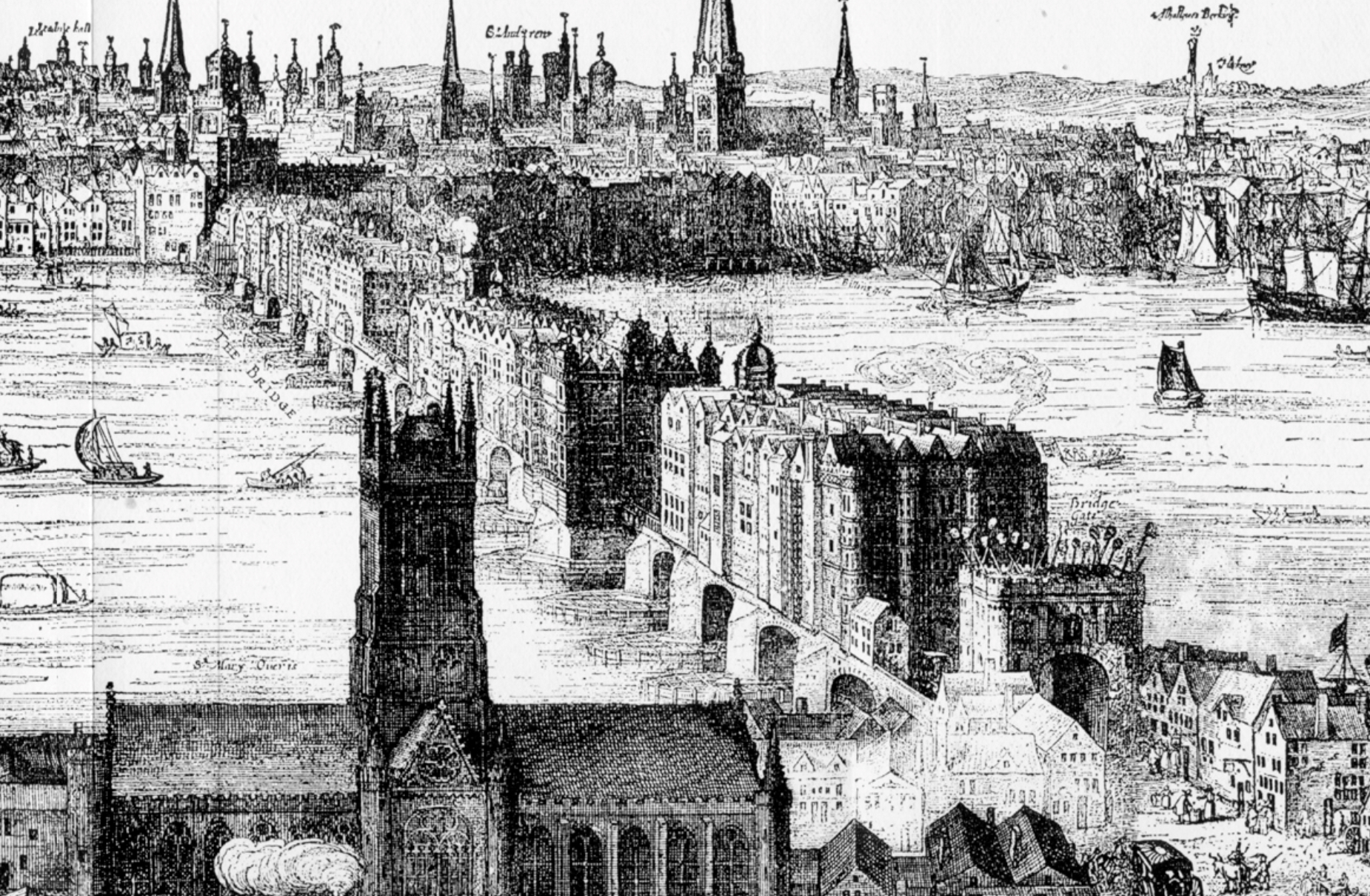To
mark Shakespeare’s birthday, which falls this week, we are here highlighting
some of the sites in London that are associated with the Bard, and that we
visit on various of our walks (note that it is not really practicable to visit them all on one walk, as they are in such disparate locations).
St
Olave Silver Street (visited on our Wednesday morning “Historic Smithfield ...
” walk). A church that Shakespeare would
certainly have known, having lived for a while in Silver Street. Burnt down in the Great Fire of 1666, and
never rebuilt. The churchyard survives as a city garden.
Curtain Playhouse, Shoreditch (visited on our Thursday morning “Aldgate,
Bishopsgate and Beyond” walk). Plays by
Shakespeare are known to have been performed here, and he is known to have
performed here (see Julian Bowsher’s “Shakespeare’s
London Theatreland”). Built in 1577,
and was pulled down some time in the 1620s.
The Theatre [Playhouse], Shoreditch (visited on our Thursday morning “Aldgate,
Bishopsgate and Beyond” walk). The first
building in London devoted to the performance of plays. Shakespeare is known to have performed here. Built in 1576 on the site of the dissolved Holywell
Priory, and pulled down in 1598, some of the building materials being used in the construction of the Globe.
George Inn, Southwark (visited on our Thursday afternoon “Historic Southwark”
walk). An inn Shakespeare is known to
have frequented (see Pete Brown’s “Shakespeare’s
Local”). Burnt down in the Great
Fire of Southwark in 1676, and rebuilt in 1677.
Globe
Playhouse, Southwark (visited on our Thursday afternoon “Historic Southwark”
walk). “Shakespeare’s (own) playhouse,
and the venue where many of his plays were first performed” (Bowsher). Built in
1599, and burnt down in a fire in 1613, after sparks from a theatrical cannon
set some thatch alight during a performance of Henry the Eighth. Rebuilt in
1614. Fell into disuse sometime around
1642, when the performance of plays was banned by the Puritan Parliamentarians,
and was pulled down in 1644.
Reconstruction, Globe Playhouse, Southwark (visited on our Thursday afternoon “Historic
Southwark” walk (entry not included)).
Built by the late American film
director and all-round good guy Sam Wanamaker (memorialised, alongside
Shakespeare, in nearby Southwark Cathedral).
Here it is possible to experience performances as the common man would
have in the early seventeenth century, standing in the open as a “groundling”.
Rose Playhouse, Southwark (visited on our Thursday afternoon “Historic
Southwark” walk). Another venue where
Shakespeare’s plays were performed. Built
in 1587, and demolished in 1606. The foundations were recently rediscovered and
are preserved in the basement of an office building. Occasionally open to the
public for performances. And/or for
perusal of the free display of artefacts uncovered during the archaeological
excavation of the site (see also the Museum of London Archaeology Service Monograph on the Rose and Globe by Bowsher
and Miller).
Cockpit (visited on our Friday morning “London Wall” walk). This pub is built on the site of a house
owned by Shakespeare in Ireland Yard (for which, according to the Deed of
Conveyance in the City Archive, he paid £140), and burnt down in the Great Fire
of 1666.
In
nearby Playhouse Yard is the site of the - covered - Blackfriars Theatre, built
in 1576 on the site of the dissolved Blackfriars Priory, and burnt down in the
Great Fire of 1666.
Bust of Shakespeare, Aldermanbury Square (visited on our Friday morning “London
Wall” walk). Situated in the ruins of the
church of St Mary Aldermanbury, where Shakespeare’s colleagues Condell and
Heminge, who after his death oversaw the publication of the First Folio of his
works, were parishioners. The church was
burnt down during the Great Fire of 1666, and rebuilt by Wren in 1671-5, only
to be destroyed during the terrible incendiary air raid of Sunday 29th
December, 1940. There is a faithful
reconstruction, using salvaged materials, and Wren’s designs, in Fulton,
Missouri!














.jpg)




